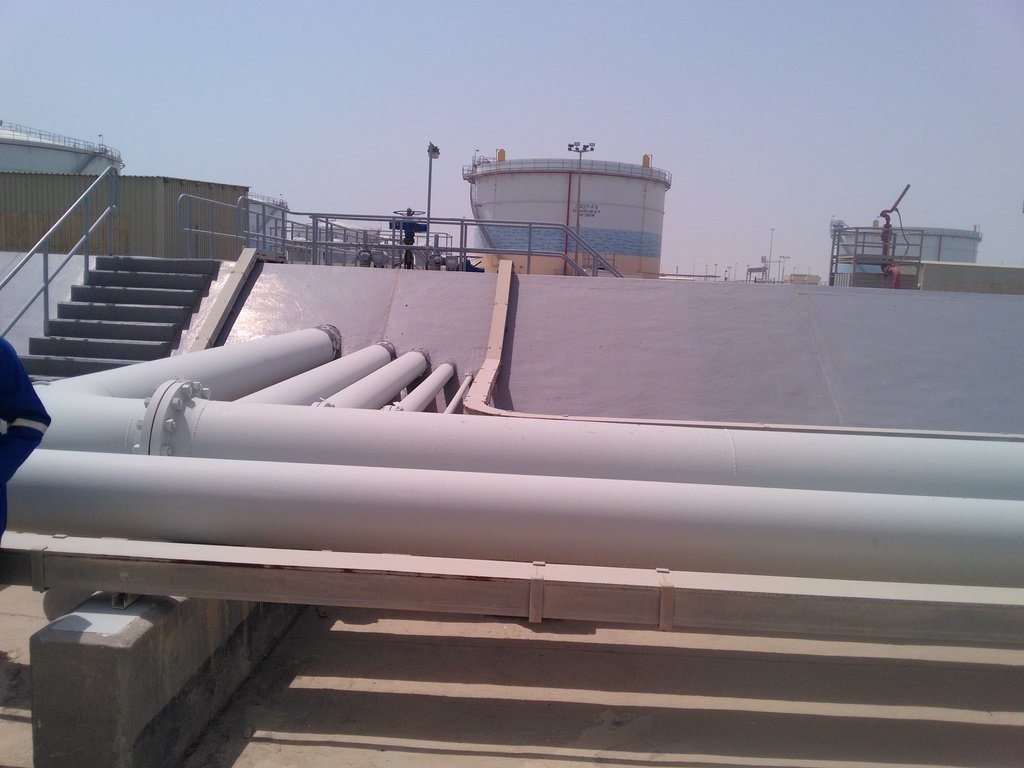

A longer fire, however, may damage the seal and, hence, cause an excess release of oil. They can be extinguished quickly by the use of stationary systems as long as they are detected early enough. Rim seal fires occur on tanks with a floating cover. The most typical scenarios are listed as the following: Many authorities andĬompanies have not learned from such incidents, some of which can be disastrous.įire incidents in tank farms of the oil and petrochemical industry occur in different scenarios, with consequences ranging from minor to disastrous.

Extinguishing full-surface oil tank fires is very challenging and the rate of success is low. Luckily, such large-scale incidents do not happen frequently but when they do, they may have a severe impact on humans, local eco-systems and the general environment. The use of water can be important as well however, for cooling the tank wall and adjacent tanks. Protection systems in hazardous areas of the oil and gas industry (fire class B) require unique extinguishing systems as foam is considered the best extinguishing agent for liquid fires. This means that both fire protection and extinguishing methods must be improved to minimize the effects of future fires. Sadly, only news of this kind makes its way into the news, unlike near-miss accidents where improved fire protection technology has prevented worse outcomes. Prominent examples include the ITC tank farm at Deer Park, Texas, USA in March 2019 and the refineryįire at Baton Rouge, Louisiana, USA in February 2020. Most recently, a number of fires caused massive damage to tank farms, oil refineries and loading terminals.


 0 kommentar(er)
0 kommentar(er)
